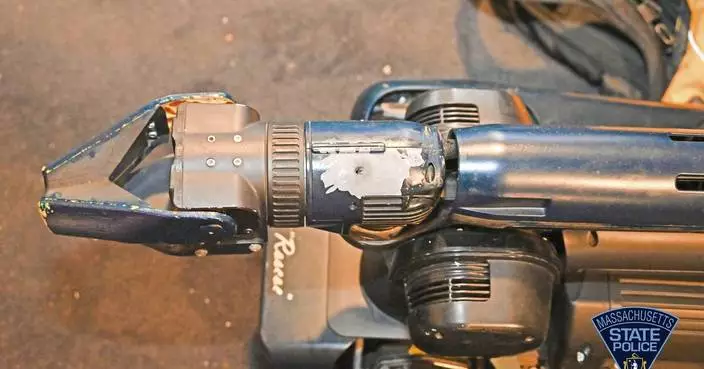Robot maker Boston Dynamics published a more advanced version of its SpotMini robot.
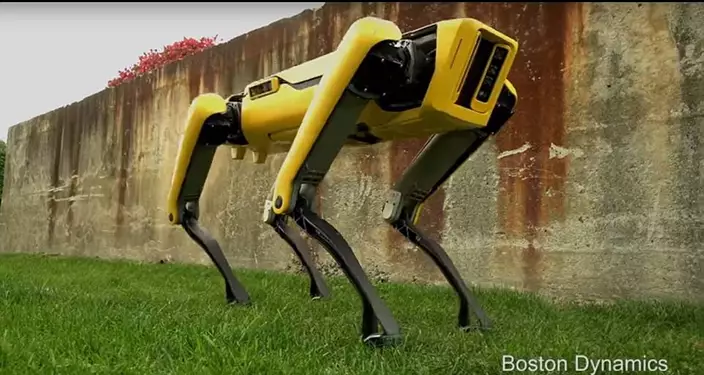
(Boston Dynamics Photo)
Click to Gallery
Robot maker Boston Dynamics published a more advanced version of its SpotMini robot.
The new SpotMini looks much more polished and its movement also looks incredibly fluid.
In the firm's previous video, the old version robot also can offer helps. It helps to load a dishwasher and carries a can to the trash.
It also can fix problems by itself. For instance, when it encounters a dropped banana skin and falls dramatically, it uses its extendable neck to push itself back up.
However, previous versions have some drawbacks, such as its noise, because it used hydraulics, which are loud.
The new SpotMini looks much more polished and its movement also looks incredibly fluid.
Boston Dynamics is struggling to create its animal-inspired robots which is able to move and respond to the forces in the real world like human being.
Moreover, Boston Dynamics mentioned that this new version is the quietest one due to its electric motors.
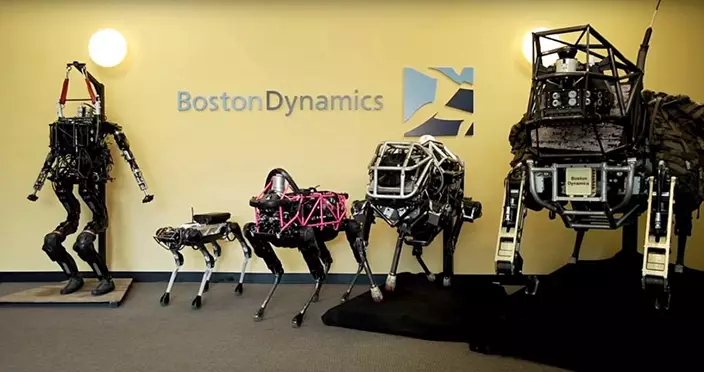
(Boston Dynamics Photo)
In the firm's previous video, the old version robot also can offer helps. It helps to load a dishwasher and carries a can to the trash.
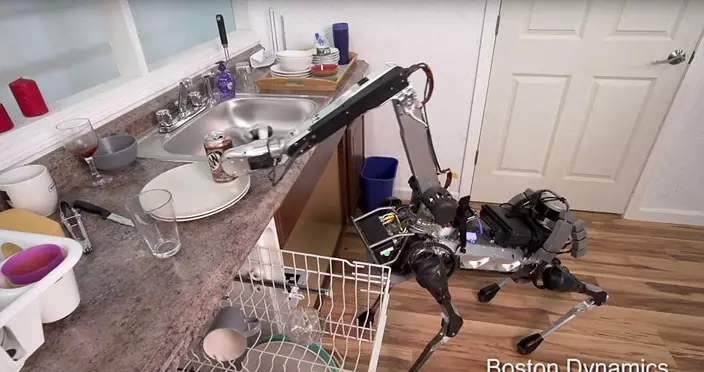
(Boston Dynamics Photo)
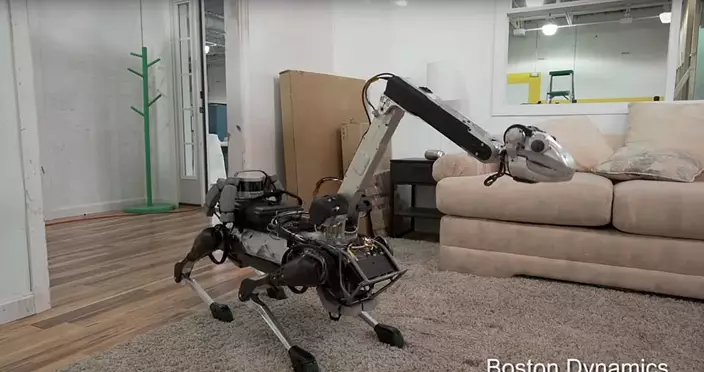
(Boston Dynamics Photo)
It also can fix problems by itself. For instance, when it encounters a dropped banana skin and falls dramatically, it uses its extendable neck to push itself back up.
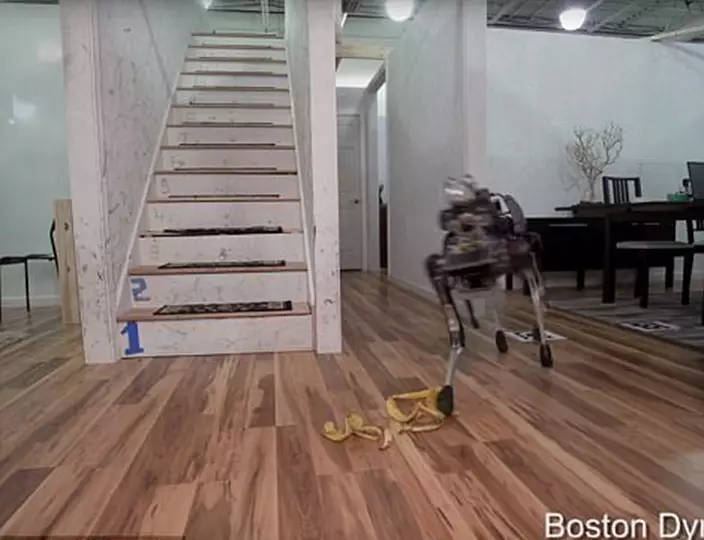
(Boston Dynamics Photo)
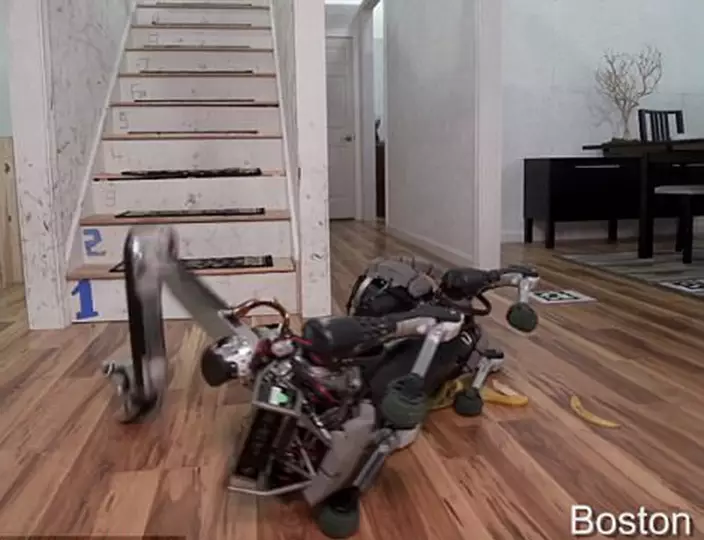
(Boston Dynamics Photo)
However, previous versions have some drawbacks, such as its noise, because it used hydraulics, which are loud.
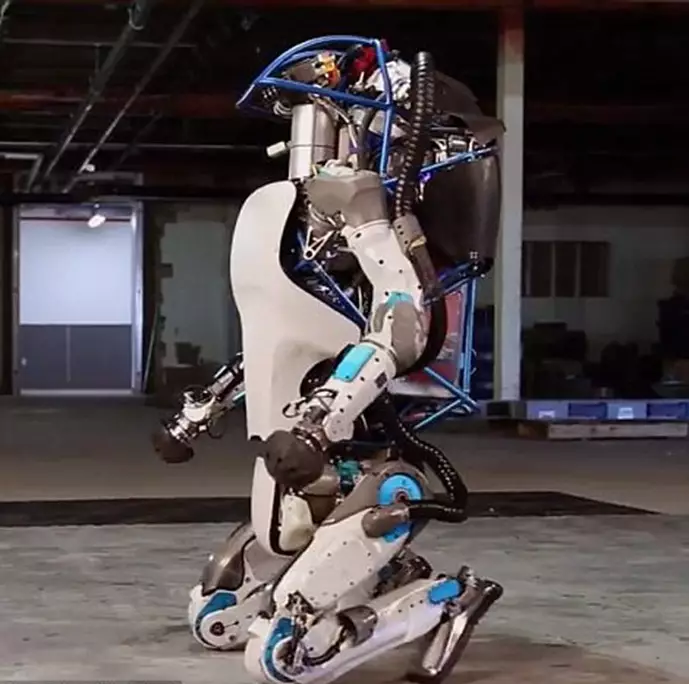
(Boston Dynamics Photo)
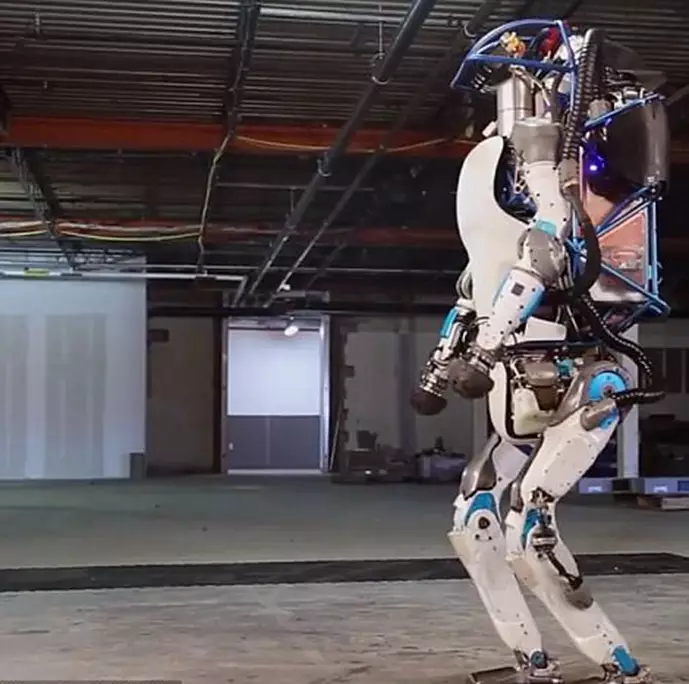
(Boston Dynamics Photo)

(Boston Dynamics Photo)
ANCHORAGE, Alaska (AP) — A headless robot about the size of a labrador retriever will be camouflaged as a coyote or fox to ward off migratory birds and other wildlife at Alaska's second largest airport, a state agency said.
The Alaska Department of Transportation and Public Facilities has named the new robot Aurora and said it will be based at the Fairbanks airport to “enhance and augment safety and operations," the Anchorage Daily News reported.
The transportation department released a video of the robot climbing rocks, going up stairs and doing something akin to dancing while flashing green lights.
Those dancing skills will be put to use this fall during the migratory bird season when Aurora imitates predator-like movements to keep birds and other wildlife from settling near plane infields.
The plan is to have Aurora patrol an outdoor area near the runway every hour in an attempt to prevent harmful encounters between planes and wildlife, said Ryan Marlow, a program manager with the transportation department.
The robot can be disguised as a coyote or a fox by changing out replaceable panels, he said.
“The sole purpose of this is to act as a predator and allow for us to invoke that response in wildlife without having to use other means,” Marlow told legislators last week.
The panels would not be hyper-realistic, and Marlow said the agency decided against using animal fur to make sure Aurora remained waterproof.
The idea of using a robot came after officials rejected a plan to use flying drones spraying a repellent including grape juice.
Previous other deterrent efforts have included officials releasing pigs at a lake near the Anchorage airport in the 1990s, with the hope they would eat waterfowl eggs near plane landing areas.
The test period in Fairbanks will also see how effective of a deterrent Aurora would be with larger animals and to see how moose and bears would respond to the robot, Marlow told the Anchorage newspaper.
Fairbanks “is leading the country with wildlife mitigation through the use of Aurora. Several airports across the country have implemented robots for various tasks such as cleaning, security patrols, and customer service,” agency spokesperson Danielle Tessen said in an email to The Associated Press.
In Alaska, wildlife service teams currently are used to scare birds and other wildlife away from runways with loud sounds, sometimes made with paintball guns.
Last year, there were 92 animal strikes near airports across Alaska, including 10 in Fairbanks, according to an Federal Aviation Administration database.
Most strikes resulted in no damage to the aircraft, but Marlow said the encounters can be expensive and dangerous in the rare instance when a bird is sucked into an engine, potentially causing a crash.
An AWACS jet crashed in 1995 when it hit a flock of geese, killing 24 people at Elmendorf Air Force Base in Anchorage.
If the test proves successful, Marlow said the agency could send similar robots to smaller airports in Alaska, which could be more cost effective than hiring human deterrent teams.
Aurora, which can be controlled from a table, computer or on an automated schedule, will always have a human handler with it, he said. It can navigate through rain or snow.
The robot from Boston Dynamics cost about $70,000 and was paid for with a federal grant.
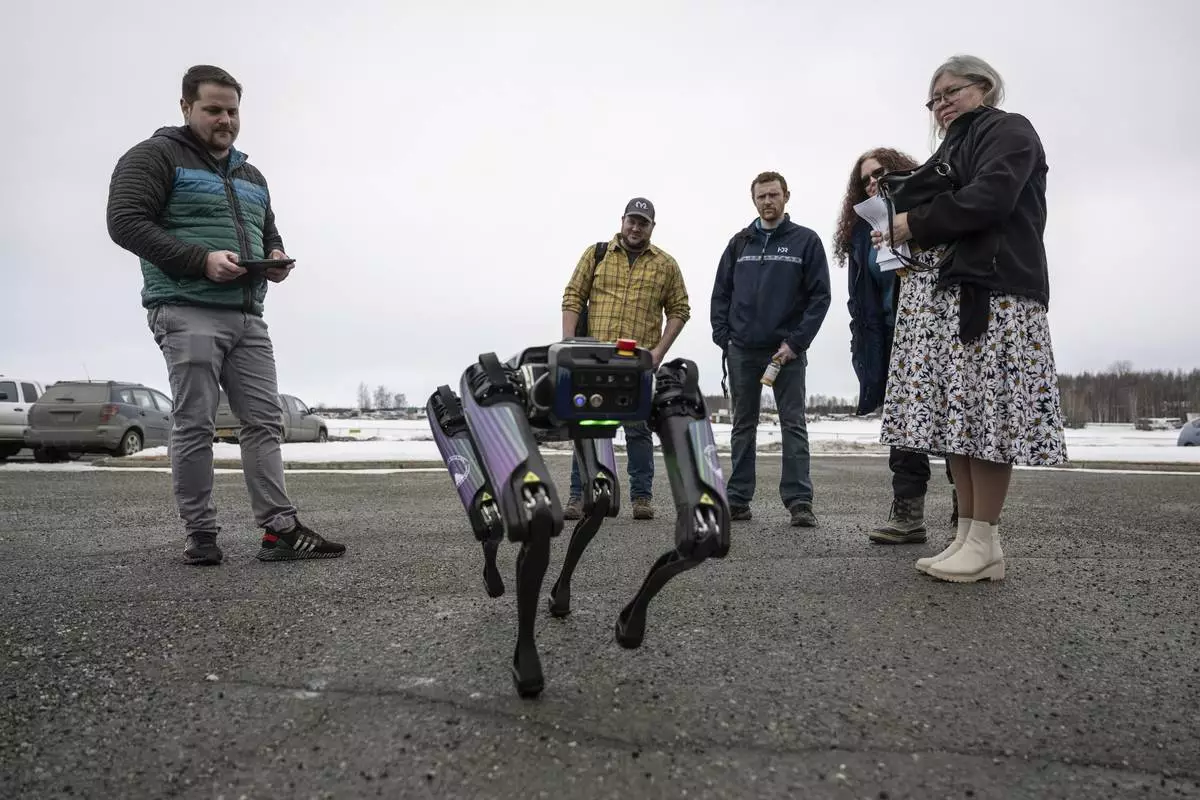
Alaska Department of Transportation program manager Ryan Marlow demonstrates the agency's robotic dog in Anchorage, Alaska, on March 26, 2024. The device will be camouflaged as a coyote or fox to ward off migratory birds and other wildlife at Alaska's second largest airport, the DOT said. (Marc Lester/Anchorage Daily News via AP)
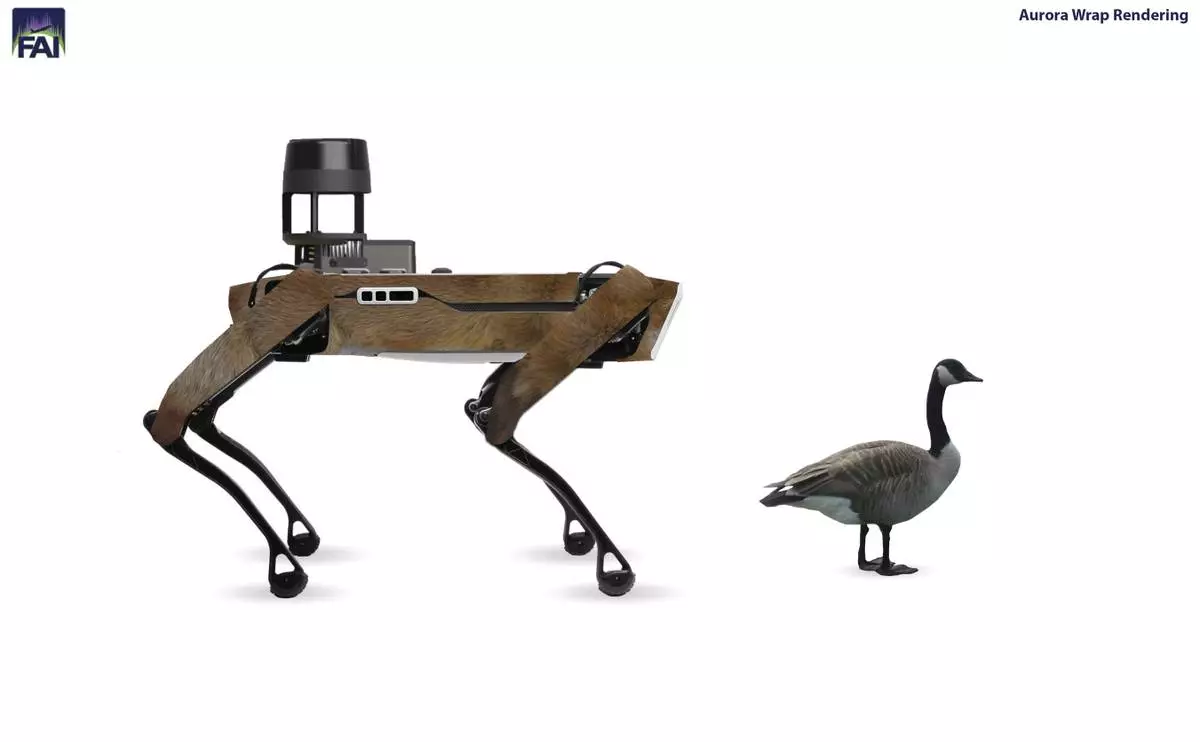
This illustration provided by the Alaska Department of Transportation in March 2024 depicts what the robot Aurora would look like with a graphic design disguising it as a fox. The device will wear wraps showing it as a fox or coyote as it is tested this fall to move waterfowl and other wildlife away from planes at Fairbanks International Airport. (Ryan Marlow/Alaska Department of Transportation and Public Facilities via AP)
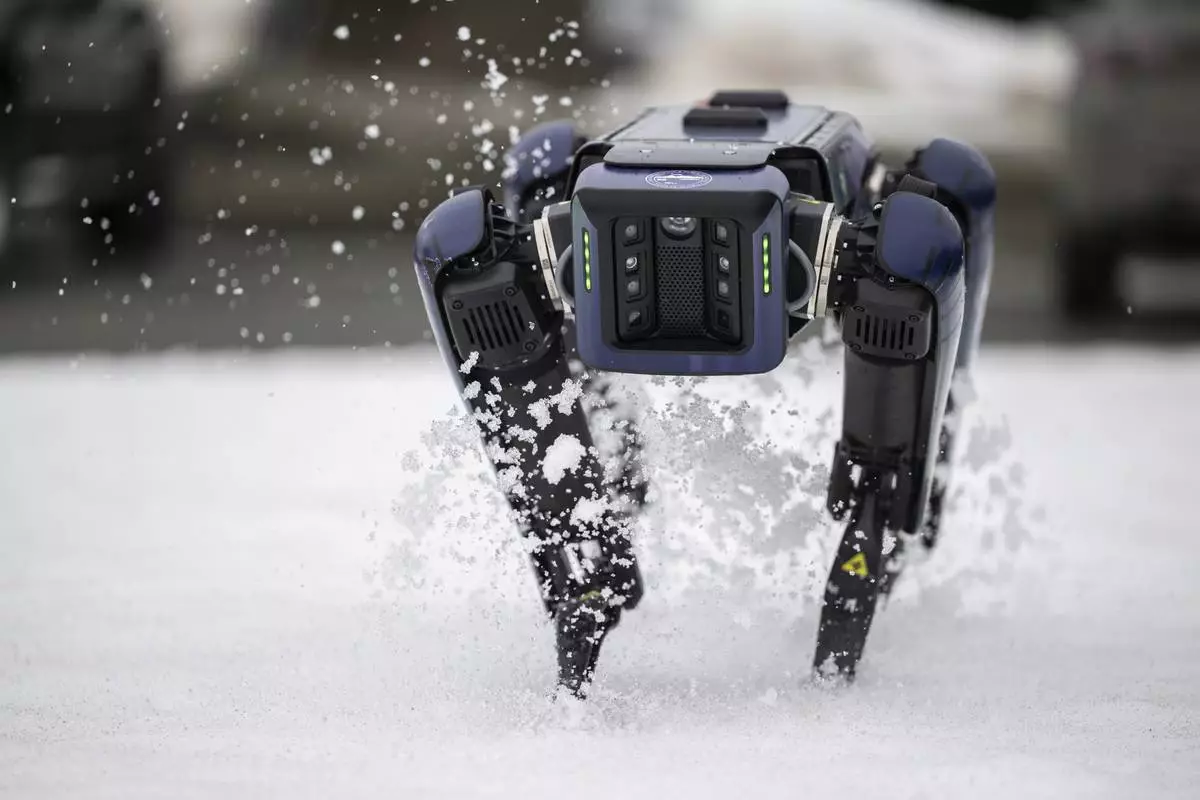
An Alaska Department of Transportation robotic dog walks through snow in Anchorage, Alaska, on March 26, 2024. The device will be camouflaged as a coyote or fox to ward off migratory birds and other wildlife at Alaska's second largest airport, the DOT said. (Marc Lester/Anchorage Daily News via AP)
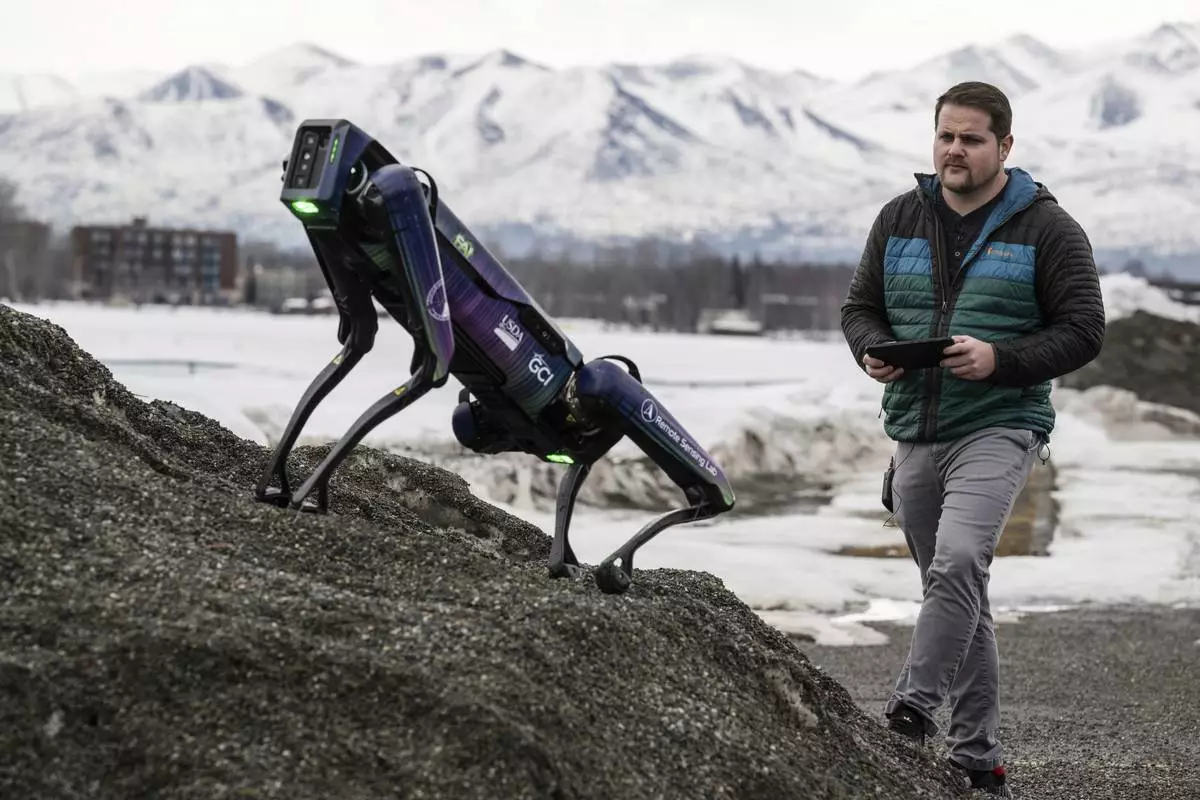
Alaska Department of Transportation program manager Ryan Marlow demonstrates the agency's robotic dog in Anchorage, Alaska, on March 26, 2024. The device will be camouflaged as a coyote or fox to ward off migratory birds and other wildlife at Alaska's second largest airport, the DOT said. (Marc Lester/Anchorage Daily News via AP)
















